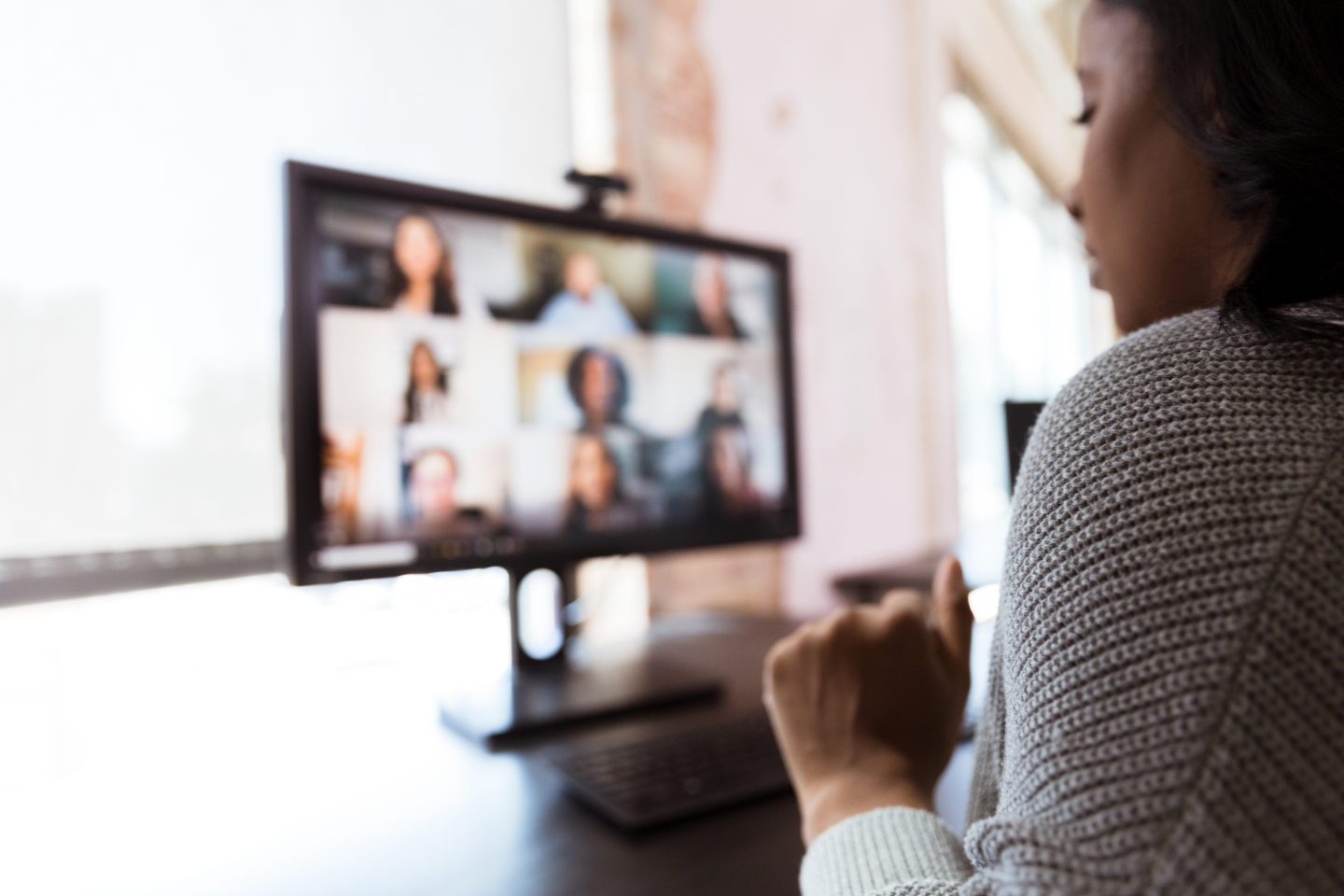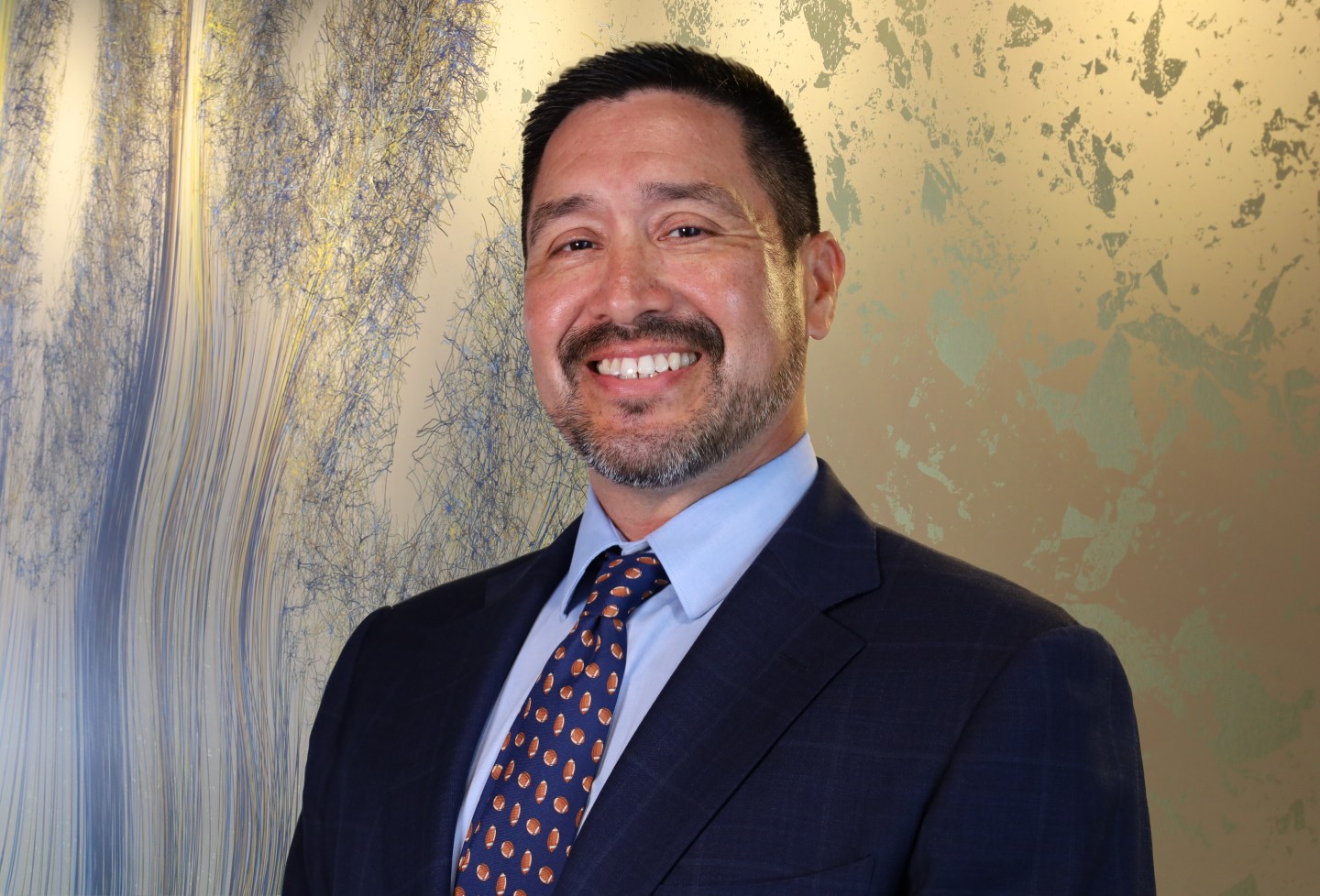As business leaders plan for their teams to return to the office, they must be aware that not all employees have always felt that their workplace environments were welcoming and inclusive.
Sadly, this is especially the case for many people of color who have decades of experience with discrimination: They have been excluded from employment, seen others credited for their work, and often continue to be treated as less than because of their difference.
While some business leaders might think they’re creating safe spaces, in reality, not all of their employees feel comfortable in them. To prevent this kind of misalignment, it’s critical for organizations to prioritize and encourage psychological safety so employees can meaningfully engage with diversity efforts without fear of retaliation.
Real experiences
Psychological safety starts with a self-awareness of how one is showing up and how people are perceiving them. A manager may think they are being open and approachable, but their direct reports may not see them in the same light.
To cultivate a truly safe space, leaders must demonstrate a presence that is inviting, communicate in a way that helps people to feel seen and heard, and use language that is affirming.
Creating a workplace culture of psychological safety should be modeled at the executive level. Business leaders must be role models for the change they wish to see by being transparent and candid.
This behavior gives their colleagues the permission and freedom to show up as their authentic selves as well. After all, psychological safety is two-sided: both the leadership team and employee base must take action and be willing to participate.
Every employee wants to feel safe to engage and grow. Evaluate how your leadership team can help meet the preferences of your BIPOC employees to ensure an equitable environment. This should be an ongoing, collaborative commitment in which leadership consistently seeks feedback, empowers employees to give feedback, and most importantly, acts on that feedback.
Unfortunately, according to a Deloitte study on the state of inclusion, 64% of professionals admitted to feeling that they either experienced and/or witnessed bias in the workplace over the course of the year.
In my own career, I’ve experienced my fair share of microaggressions. Coworkers have rubbed my hair and told me I must have “misunderstood” mistreatment from a manager. I have also witnessed these behaviors target others, like the colleague who spoke English as a second language being dismissed at a meeting because another person said they couldn’t understand her. These experiences are real. They still happen.
Identifying employee discomfort
As CallRail’s director of culture and engagement, I’ve learned that your company cannot create a back-to-the-office plan in a vacuum and expect inclusive employee engagement. We must talk to them to know how they feel. This can be as basic as a three-question survey checking in on your employees and how they are feeling about returning to the office.
Employee discomfort doesn’t come out of the blue–so look for signs of it. Are employees disengaged on Zoom calls? Is enthusiasm waning? Do they seem uncomfortable?
Remember, business leaders don’t have to (and shouldn’t) do this research entirely on their own. Whenever possible, invest in third-party consultants to help your organization create and implement programs that specifically address the concerns of employees of color. Consultants can help ensure that decisions are centered around the voices of employees of color, to the extent to which they’d like to participate.
Unfortunately, some companies offer flexible work but remain biased toward promoting and recognizing employees who come into the office. This perpetuates an existing promotion gap and pay gap for BIPOC employees who choose to work from home.
A return-to-office plan must ensure equal attention is paid to in-office and virtual employees so managers can dismantle unconscious bias. For example, we’ve established protocol to ensure all meetings are camera-on so remote employees get face time and establish moderators for team meetings to set the rules of engagement upfront so all employees have equal opportunities to participate. We also ask managers to be mindful of best practices for inclusivity when managing hybrid teams and to consider holding one-on-one open conversations.
Companies must ensure that their back-to-office strategy prioritizes psychological safety as its foundation. Not only does this create spaces in which BIPOC employees are able to bring their whole selves to work without code-switching, but it also empowers other employees to be allies too.
Mia Vasser is the director of culture and engagement at CallRail, a business communications and analytics platform.
The opinions expressed in Fortune.com Commentary pieces are solely the views of their authors, and do not reflect the opinions and beliefs of Fortune.
More must-read commentary published by Fortune:
- How to dismantle a culture of impunity–and find the real superstars in your company
- Now would be a good time for the IMF to do away with unfair and unnecessary surcharges
- Sallie Krawcheck: This women-led funding round gives me hope venture capital is changing
- Women of color can no longer buy into the ‘inclusion delusion’
- Here’s how CEOs can successfully navigate inflation












